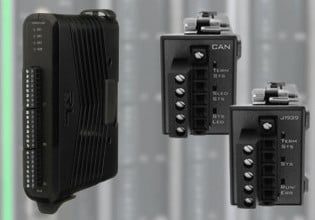Hello,
I am having an issue that I hope someone can point me in direction to getting it figured out. We have a 7FA with a Mark V that was upgraded with the digital digital front end, would you call it a Mark Ve?
Anyway, I have two RTD's that are reading -165 Deg F when they should be reading around 95 Deg F. They are DTGGC13(cold gas coupling end) and DTGGH29 (hot gas center). When I lift them and measure the resistance that are around 116 Ohms and seem to be okay but when they are both landed they read the -165 value. If I lift the grounded lead in the field for the DTGGH29 the other RTD (13) returns to its expected temp are 95 Deg F.
All wiring appears to be fine in the collector end in the Mark panel, any thoughts?
Thanks,
Jesse
I am having an issue that I hope someone can point me in direction to getting it figured out. We have a 7FA with a Mark V that was upgraded with the digital digital front end, would you call it a Mark Ve?
Anyway, I have two RTD's that are reading -165 Deg F when they should be reading around 95 Deg F. They are DTGGC13(cold gas coupling end) and DTGGH29 (hot gas center). When I lift them and measure the resistance that are around 116 Ohms and seem to be okay but when they are both landed they read the -165 value. If I lift the grounded lead in the field for the DTGGH29 the other RTD (13) returns to its expected temp are 95 Deg F.
All wiring appears to be fine in the collector end in the Mark panel, any thoughts?
Thanks,
Jesse






